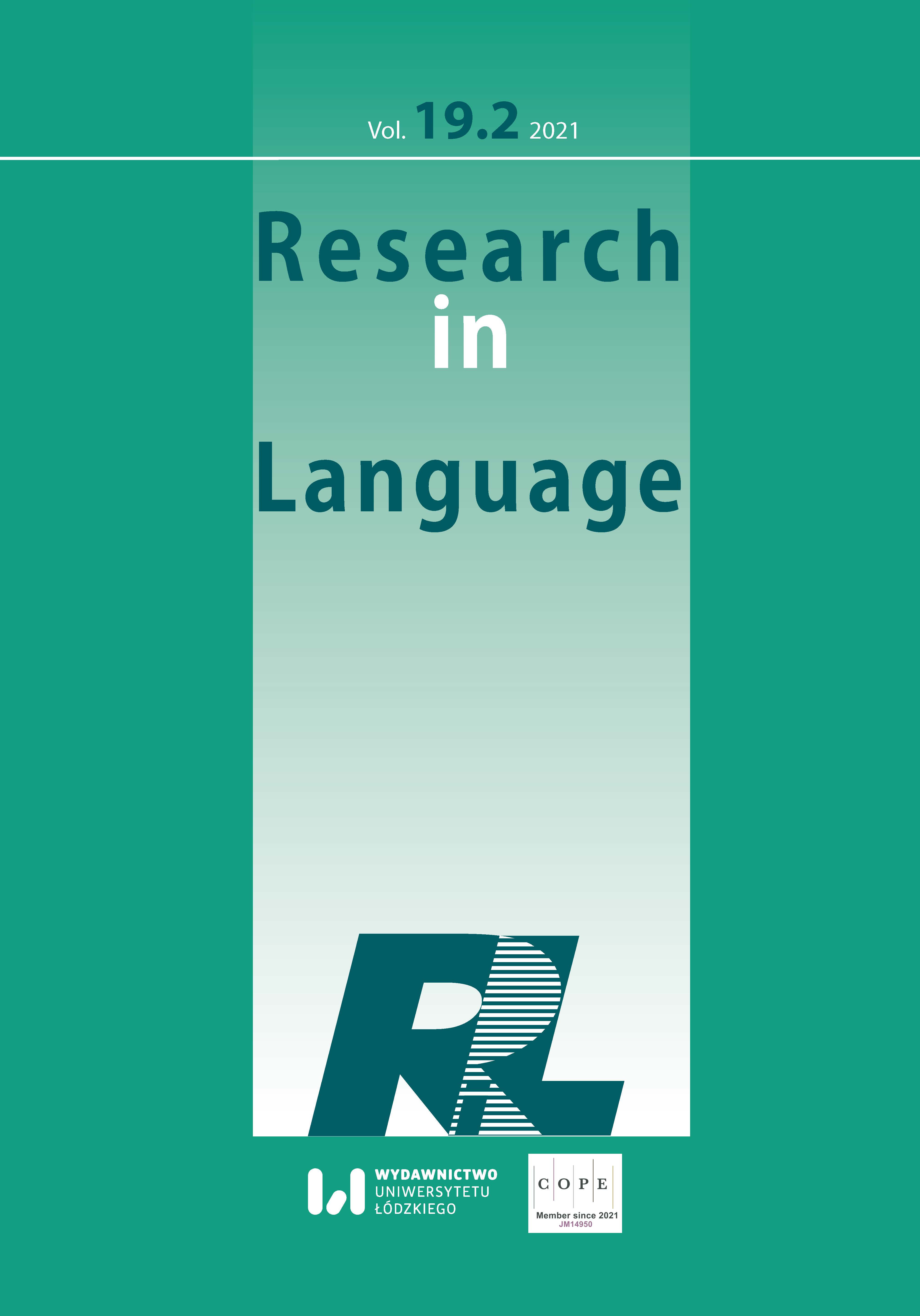Design Thinking as a Tool for Participatory and Transformative Translator Education
DOI:
https://doi.org/10.18778/1731-7533.19.2.04Keywords:
Design Thinking, translator education, educational approach, classroom activity, classroom communication, project method, problem-based learningAbstract
This article outlines the main tenets and the working cycle of Design Thinking, which is a problem-solving methodology. We argue that this methodology helps train qualities and skills that are particularly beneficial for students of translator education programmes. We recommend Design Thinking for translation teachers who subscribe to post-positivist, constructivist and other problem-based, participatory and collaborative educational approaches. The latter part of the article presents examples of classroom activities developed with the use of Design Thinking methodology. The activities focus mostly on communicative interactions between participants, since we believe that the major advantage of Design Thinking for the translation classroom is that it offers a structured scaffolding to improve classroom communication.
References
Brown, Tim. 2009. Change by Design. New York: Harper Collins.
Google Scholar
EMT. 2009. Competences for Professional Translators, Experts in Multilingual and Multimedia Communication. Brussels: European Commission. [online] www.ec.europa.eu/dgs/translation/programmes/emt/key_documents/emt_competences_translators_en.pdf (accessed 28 May 2015)
Google Scholar
EMT. 2017. European Master’s in Translation. Competence Framework 2017. Brussels, European Commission [online] https://ec.europa.eu/info/sites/info/files/emt_competence_fwk_2017_en_web.pdf (accessed 10 May 2019)
Google Scholar
Fernández Sánchez, Francesca. 2008. An example of a collaborative translation project incorporating mediation instruments as a means of encouraging self-regulation, in Garant, Mikel and Walker, Larry (eds.) Current Trends in Translation Teaching and Learning. Vol. II. Helsinki: University of Helsinki: 121–151.
Google Scholar
González-Davies, Maria. 2004. Multiple Voices in the Translation Classroom: Activities, Tasks and Projects. Amsterdam and Philadelphia: John Benjamins.
Google Scholar
DOI: https://doi.org/10.1075/btl.54
Google. 2018. Guide: Practice Innovation with Design Thinking. [online] https://rework.withgoogle.com/guides/design-thinking/steps/introduction/ (accessed 31 December 2019)
Google Scholar
Kiraly, Donald C. 2000. A Social Constructivist Approach to Translator Education. Empowerment from Theory to Practice. Manchester: St. Jerome Publishing.
Google Scholar
Kiraly, Donald C. 2016. “Authentic project work and pedagogical epistemologies: A question of competing or complementary worldviews?” in Kiraly, Donald C. (ed.) Towards Authentic Experiential Learning in Translator Education. Mainz: Mainz University Press: 53–66.
Google Scholar
DOI: https://doi.org/10.14220/9783737004954.53
Klimkowska, Katarzyna and Klimkowski, Konrad. 2015. Kształtowanie kompetencji świadczenia usług tłumaczeniowych z perspektywy przyszłych tłumaczy. Lublin: UMCS.
Google Scholar
Klimkowski, Konrad. 2019a. “Assessment as a communicative activity in the translation classroom.” InTRALinea. Special Issue: New Insights into Translator Training [online] http://www.intralinea.org/specials/article/2428 (accessed 31. December 2019)
Google Scholar
Klimkowski, Konrad. 2019b. “Educational Theory: from Dewey to Vygotsky.” in Laviosa, Sara and Gonzalez-Davies, Maria (eds.) The Routledge Handbook of Translation and Education. London: Routledge: 23-41.
Google Scholar
DOI: https://doi.org/10.4324/9780367854850-3
Klimkowski, Konrad. 2015. Towards a Shared Curriculum in Translator and Interpreter Education, Wrocław, Washington D.C.: WSF.
Google Scholar
DOI: https://doi.org/10.18290/rh.2015.63.11-5
Massey, Gary and Brändli, Barbara. 2016. Collaborative feedback flows and how we can learn from them: Investigating a synergetic learning experience in translator education, in Kiraly, D.C. (ed) Towards Authentic Experiential Learning in Translator Education. Mainz: Mainz University Press. pp. 177–200.
Google Scholar
DOI: https://doi.org/10.14220/9783737004954.177
Merrill, David M. and Reid, Robert H. 1999. Personal Styles and Effective Performance. New York: CRC Press.
Google Scholar
Mourshed, Mona, Jigar Patel, Katrin Suder. 2014. Education to Employment: Getting Europe’s Youth into Work. McKinsey and Company. [online] http://mckinseyonsociety.com/educationto-employment/report/ ED (accessed 28 October 2015)
Google Scholar
Mourshed, Mona, Diana Farrell, Dominic Barton. 2012. Education to Employment: Designing a System that Works. McKinsey and Company. [online] http://mckinseyonsociety.com/educationto-employment/report/ (accessed 28 October 2015)
Google Scholar
OECD. 2019. Education at a Glance 2019: OECD Indicators. Paris: OECD Publishing.
Google Scholar
Pitkäsalo, Eliisa and Ketola, Anne. 2018. “Collaborative translation in a virtual classroom: Proposal for a course design.” Transletters 1: 93–119.
Google Scholar
Thelen, Marcel. 2019. “Quality and Quality Assessment in Translation: Paradigms in Perspective.” in Huertas-Barros, Elsa, Vandepitte, Sonia, Iglesias-Fernandez, Emilia (eds.), Quality Assurance and Assessment Practices in Translation and Interpreting. Hershey PA: IGI Global: 1-25.
Google Scholar
DOI: https://doi.org/10.4018/978-1-5225-5225-3.ch001
Downloads
Published
How to Cite
Issue
Section
License

This work is licensed under a Creative Commons Attribution-NonCommercial-NoDerivatives 4.0 International License.










